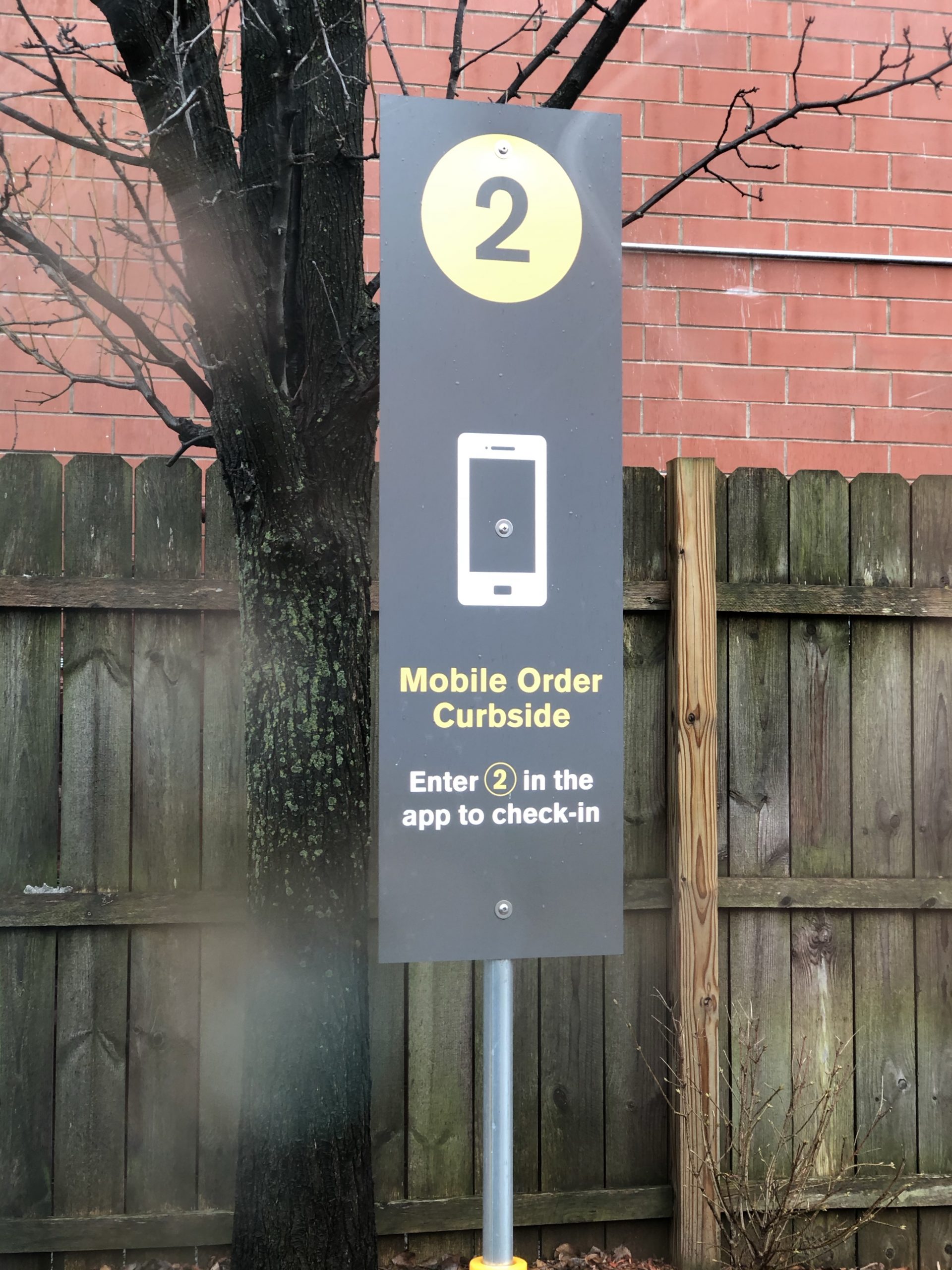
Back in 2007 I sold a bunch of slave clocks on ebay to a school in Wisconsin. As I was looking through old photos on a hard drive this evening, I was reminded of the fact that I had designed a custom clock face and put my little one-man business logo on the clock face.
I worked with a company in Dassel, Minnesota to get the clocks produced; the clocks were a square version of their “All Sync” clocks that would work with pretty much any clock system found in a school built from the mid 1950s and onward. The clocks could run on either 24 or 110 VAC. The school in Wisconsin was looking to replace some of their clocks but not all of them and couldn’t afford or even find replacements for their antiquated system. They were searching through clocks on ebay they found what I was selling and asked if they could buy a bunch of them. I was happy to oblige.
The clock was face design was a modern take on the clocks that were in the elementary school I attended back in the ’70s. I thought the face turned out well and now I’m wondering if the clocks are still running in the school that bought them.
As modern time and signaling systems hit the market in the early 2010 and many schools starting moving to wireless systems, it didn’t make financial sense for me to stay in replacement clock game.
As mentioned in the previous blog entry, I’m such a dork.


